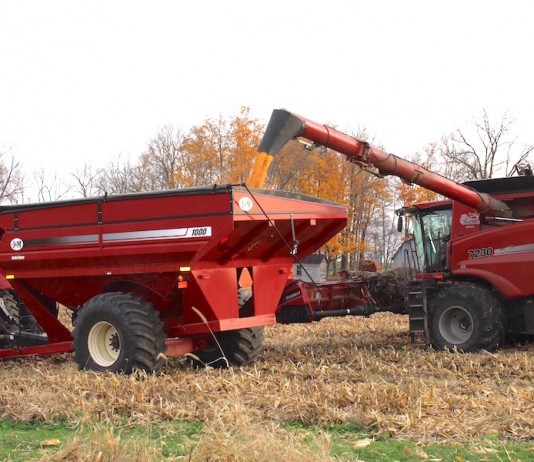Engineering soybean disease strategies
Pathogens in soybeans are a big problem not only in the U.S., but also around the world and no more so than in Asia, where soy is a major food source. Asian countries buy much of their soy from the U.S.
All about seeds: Our 2014 fall seed edition
Combines may still be harvesting this year's crops, but smart farmers are already thinking about next year's planting.
Scientists use computer simulations to study roots and improve crop yields
The team working in Penn State's Root Lab, led by Jonathan Lynch, professor of plant nutrition, is studying what the rest of us don't see -- the work going on underneath the ground that enables the growth of healthier crops.
Northwestern Ohio study looks at pollinators
Center Seeds, in conjunction with Rasawehr Farms, is conducting a three-year study with a variety of mixed pollinating plant species to establish ideal habitats for pollinators and to improve ecological diversity on the farming acreage in proximity to these habitats.
Why is micronutrient availability so patchy in a field?
When we think of applying fertilizer the nutrients that come to mind initially are the major nutrients nitrogen (N), phosphorus (P), potassium (K), and sulfur (S).
4R and precision agriculture — where’s the payback?
Considering the current state of declining crop prices, discussions at the 2014 InfoAg conference were focused on the return on investment (ROI) of precision agriculture (PA) practices.
Mycogen Seeds offer seven new silage corn hybrids
Mycogen Seeds is adding seven new BMR and TMF corn silage hybrids for the 2014 growing season, including five with SmartStax trait technology.
OSU agronomists offer updated fertility calculator
Agronomists from Ohio State University's College of Food, Agricultural and Environmental Sciences have updated a fertility recommendation calculator designed to provide major field crop growers with guidance on fertilizer application rates and costs.
Do disease-resistant varieties pay price in yield?
For wheat growers, it's a truism: Plant varieties that are resistant to prevalent diseases.
But what if the wheat plant has to pay a price for resistance, possibly reducing its yield? Is the resistance worth it?
Researchers find inexpensive strategy to improve establishment of switchgrass
LEXINGTON, Ky. -- Switchgrass is a multipurpose crop native to Kentucky. Once established, switchgrass grows well on marginal land, but it takes several years...
















